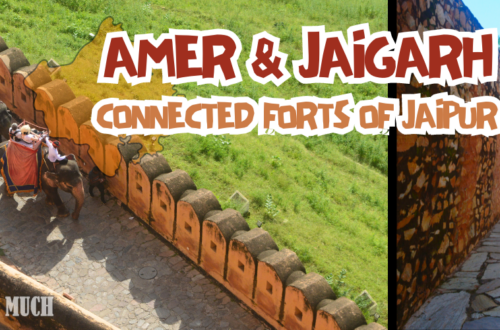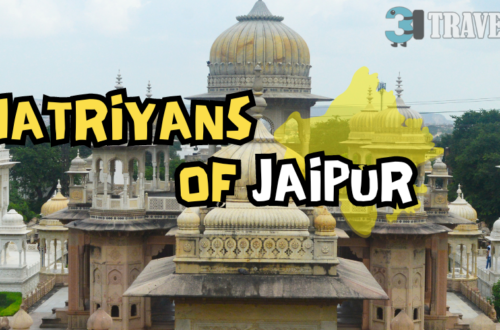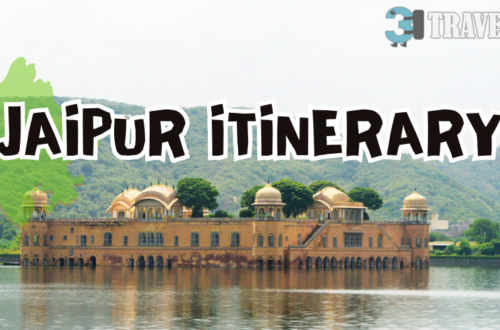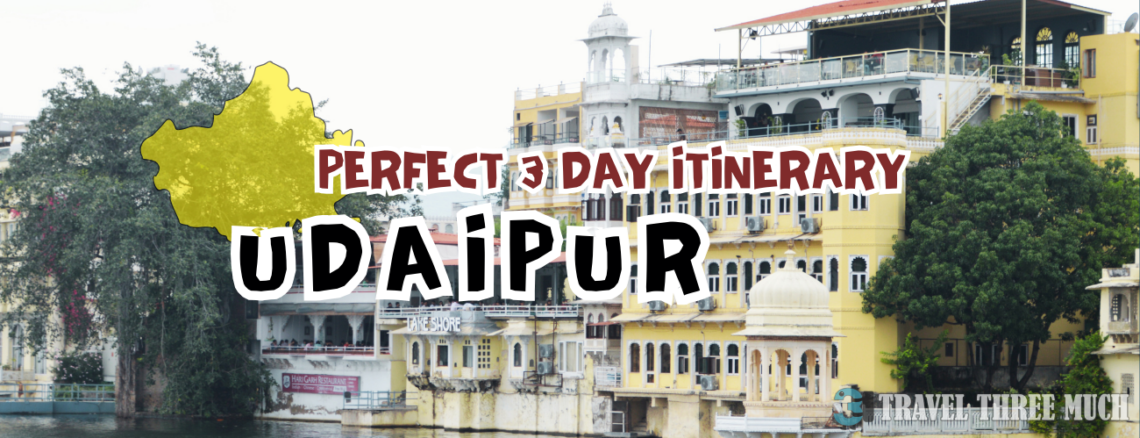
Unveiling Udaipur: Your Perfect 3-Day Itinerary (with images)
Our second trip to the desert state of Rajasthan was in 2023 and this time it was Udaipur. We were eagerly awaiting our trip to the city of lakes.
Day 1
Ahar museum
The first stop of the day was the Ahar Cenotaphs and Museum.
The Ahar cenotaphs are a group of about 250 cenotaphs and about 19 chhatris (dome shaped pavilions) that serve as memorials for the rulers who were cremated here.
We were eagerly anticipating our visit to these cenotaphs. Following the tranquil experience we enjoyed a year ago at Maharaniyon ki Chatriyaan in Jaipur, we were hopeful of recreating those moments here. Unfortunately, we learnt after reaching there that the cenotaphs’ complex is closed for public visits except for those who wish to pay their respects and worship their dearly departed. We made our way to the museum.
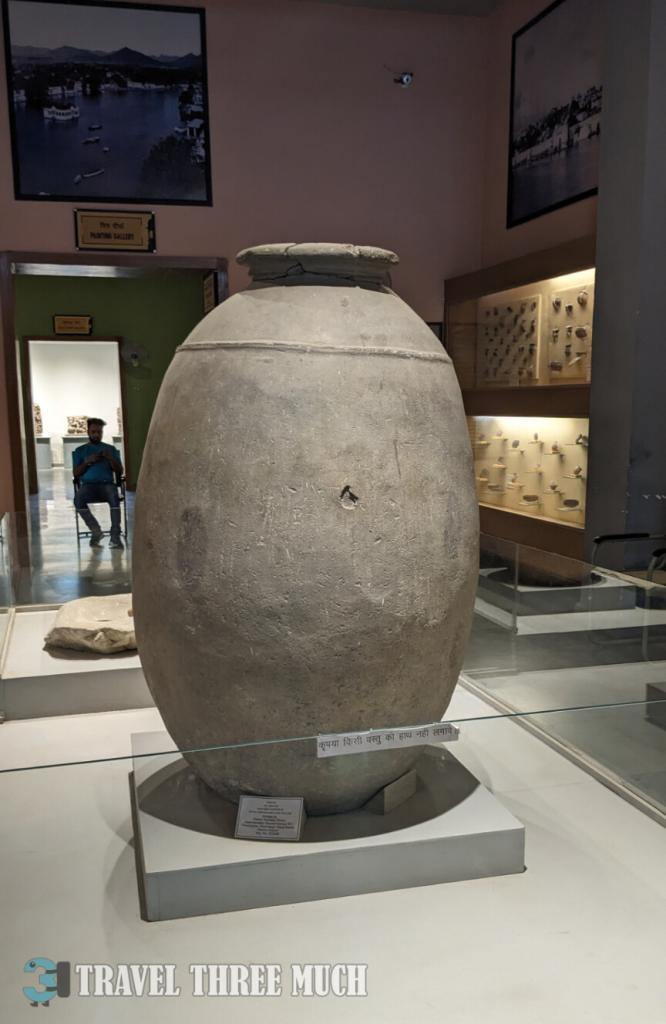
The museum has impressive artifacts from the prehistoric times such as stone tools, arrowheads, potsherds, etc. from early human settlements in the region. We also saw terracotta figurines and toys, metal figurines, coins and inscriptions.
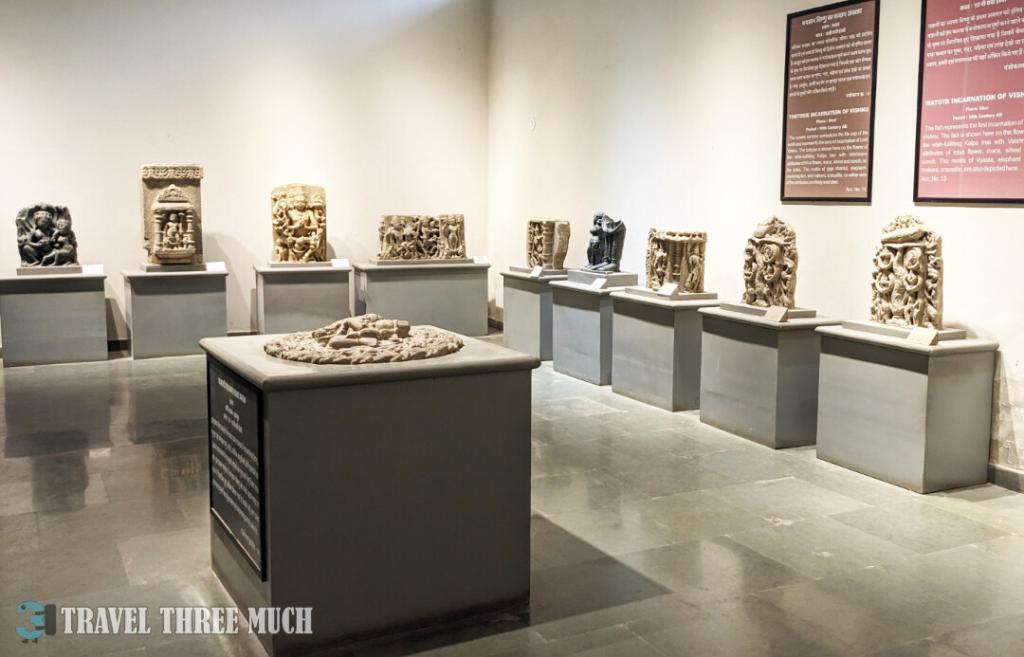
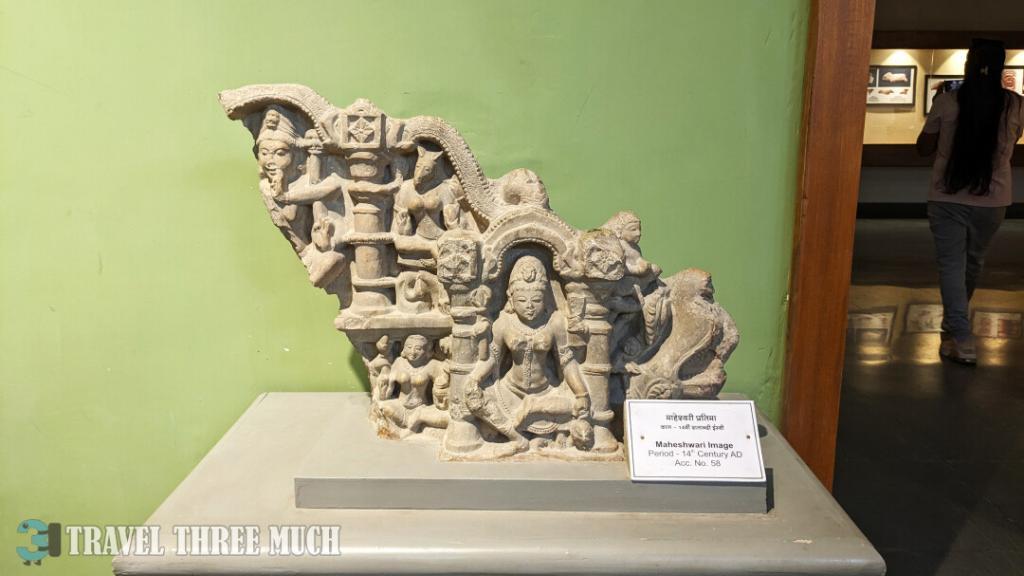
There were also exhibits of exquisitely painted manuscripts and miniatures in the styles of both the Mughal and Rajasthani schools of art.
Saheliyon Ki Bari
Our next stop was the Saheliyon ki Bari or the Garden of the Lady-friends. The garden was built by Maharana Sangram Singh for his queen and her companions. We came upon a pool with a chattri at its center.
The chattri had a hollow pipe embedded at its centre leading up to a split between the dome of the chattri and the pillars supporting the pavilion.
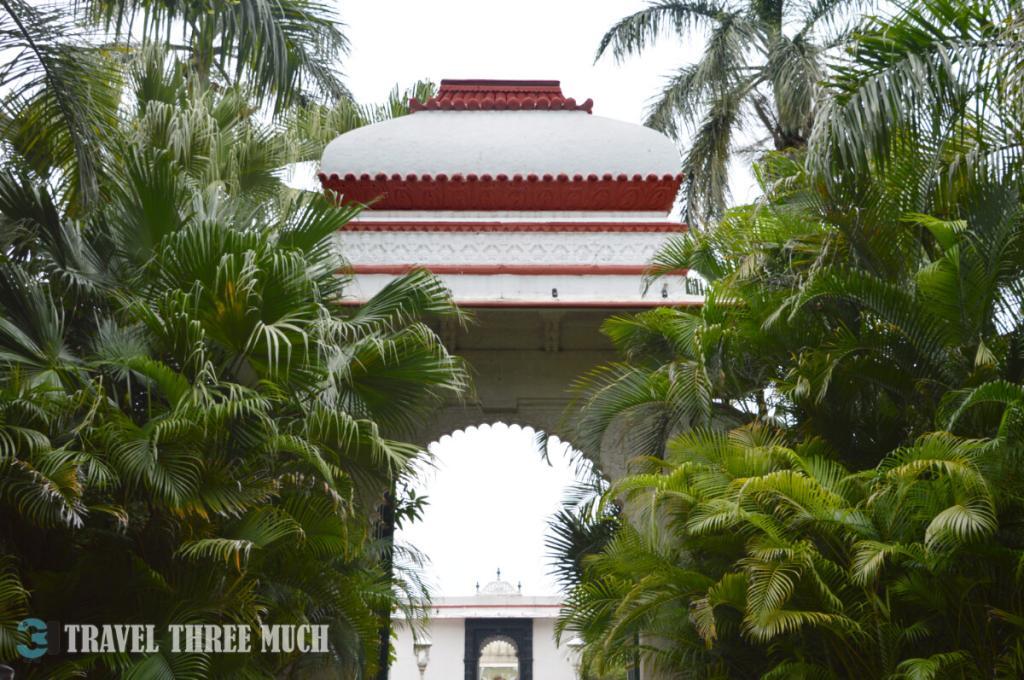
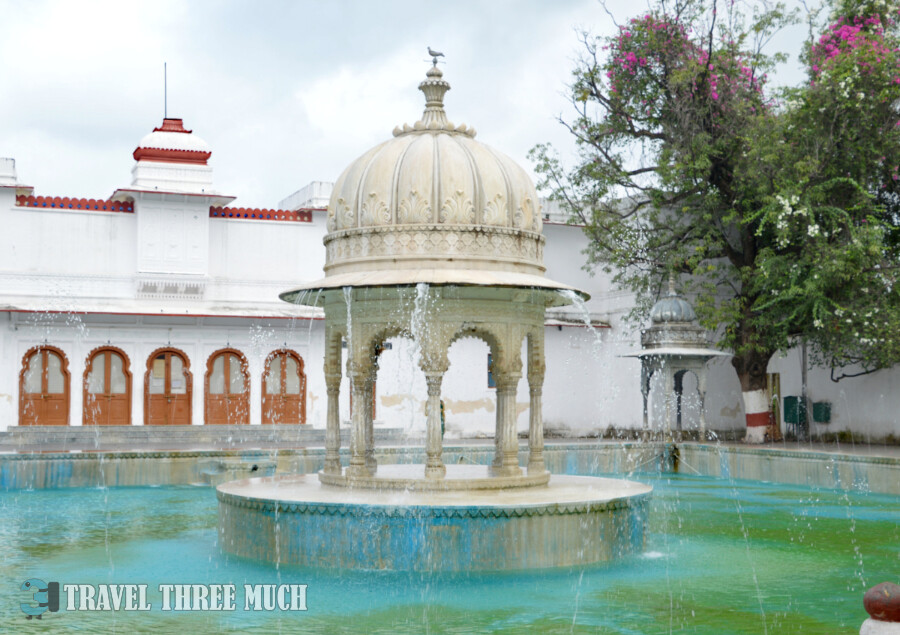
As we walked along, we came to a pond covered with lotus leaves and flowers. The pond had at its four corners, marble statues of elephants with their trunks serving as spouts spraying water into the pond.
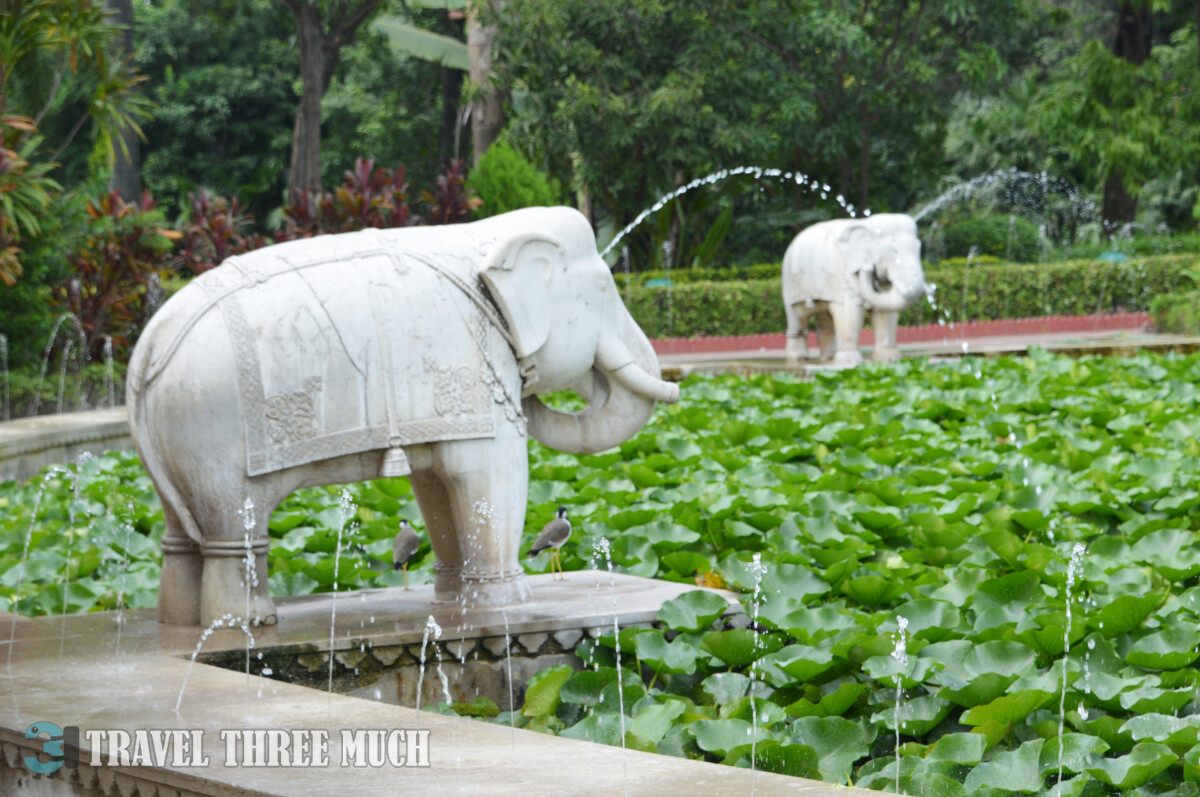
There were manicured lawns one could stroll through and a beautiful multi-storeyed fountain capped with decorative sculptures of water birds.
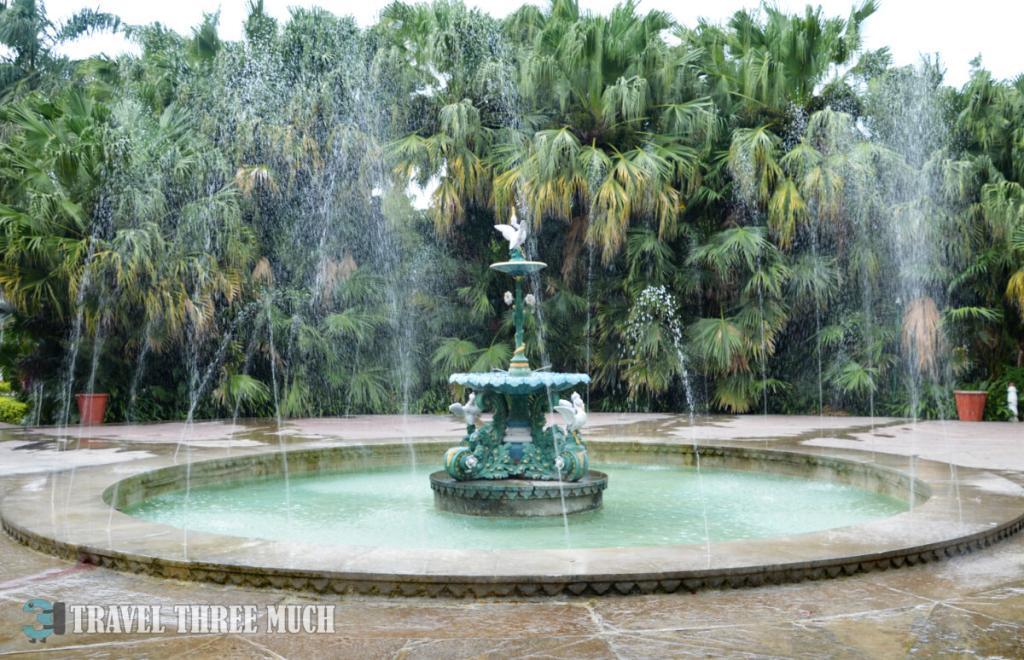
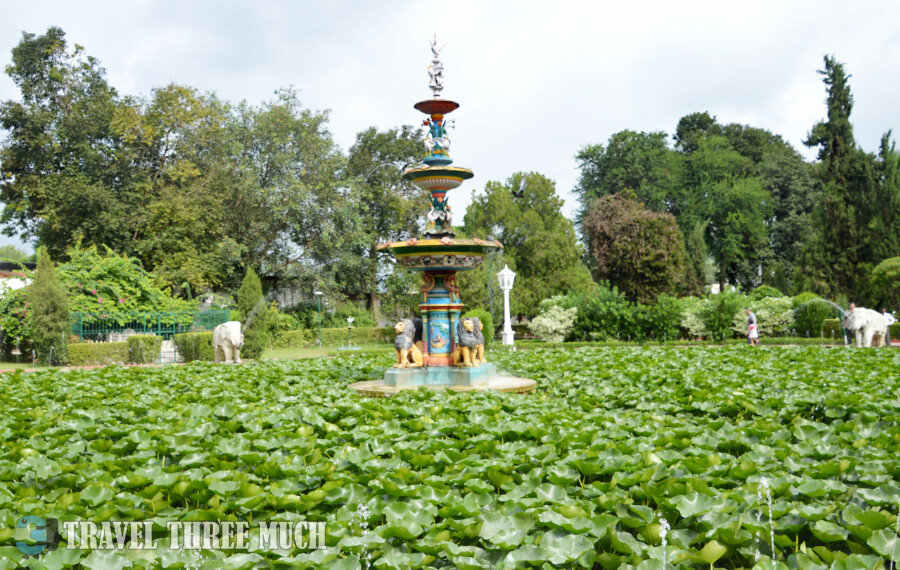
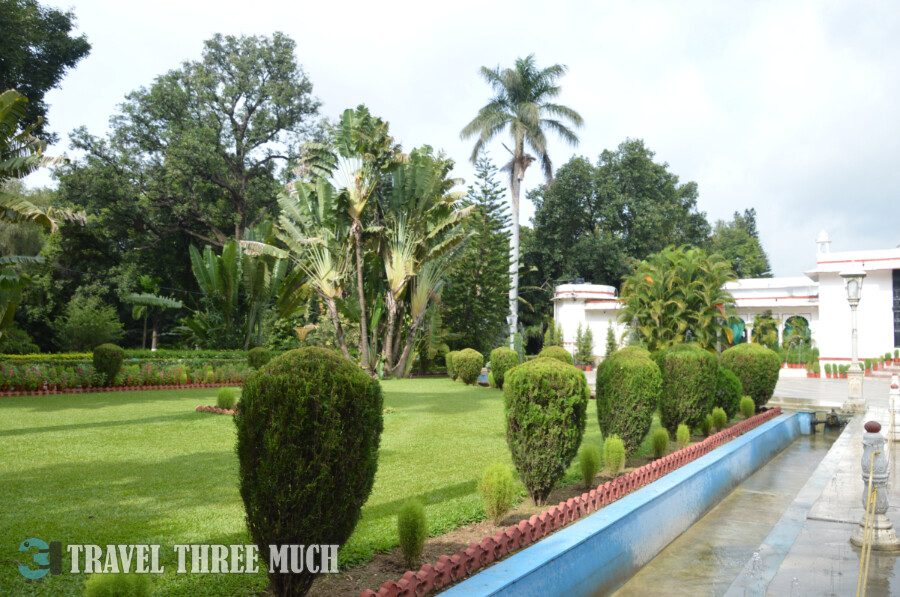
Badi lake
Our next stop was the Badi Lake. This artificial freshwater lake about 12 km outside of Udaipur city serves as a reservoir.
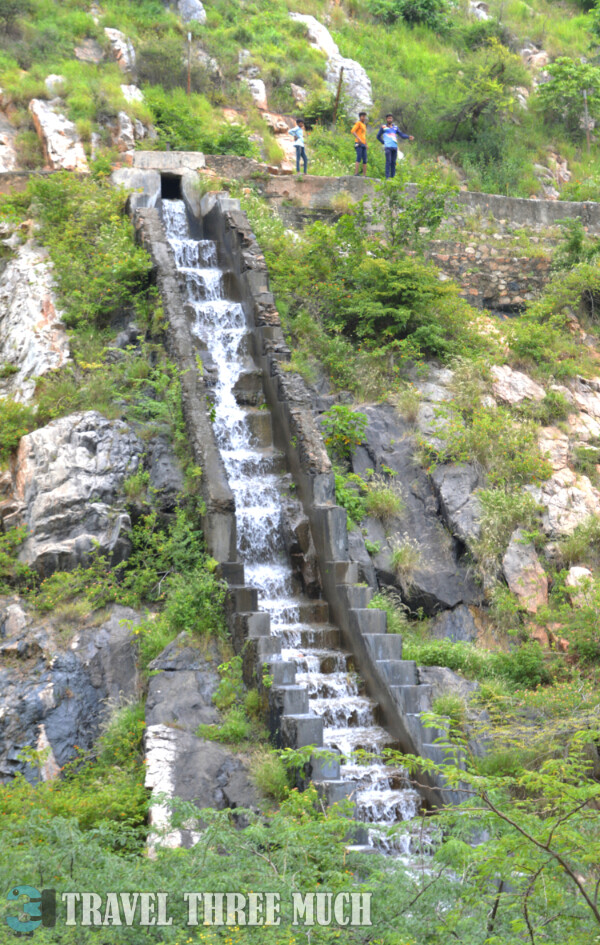
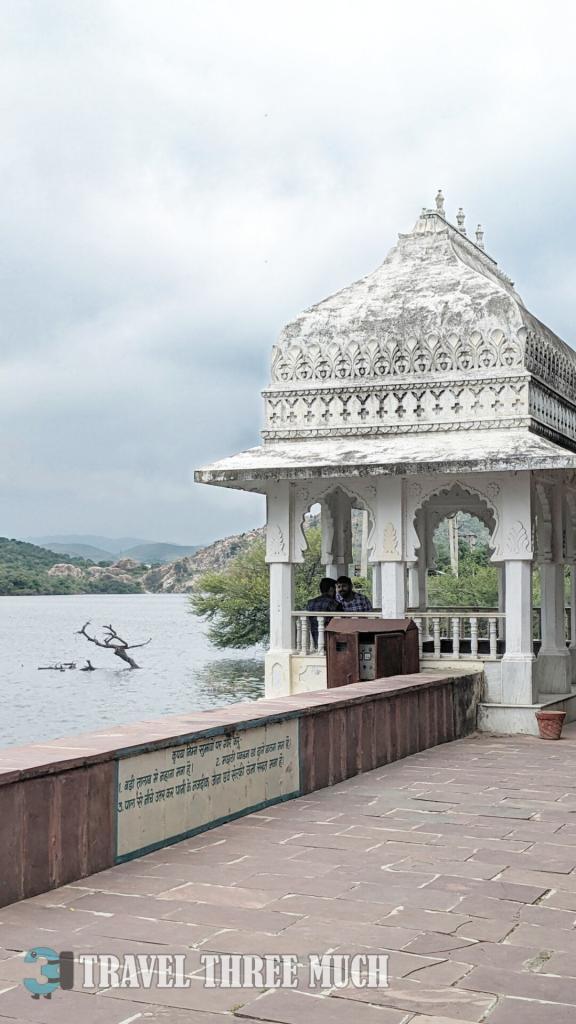
The overcast sky, a series of cascades feeding the lake with rainwater from the surrounding hills all served to increase the picturesque setting of the lake. The lake had a walking path on its bank with a pavilion. We found some people feeding the fish in the lake.
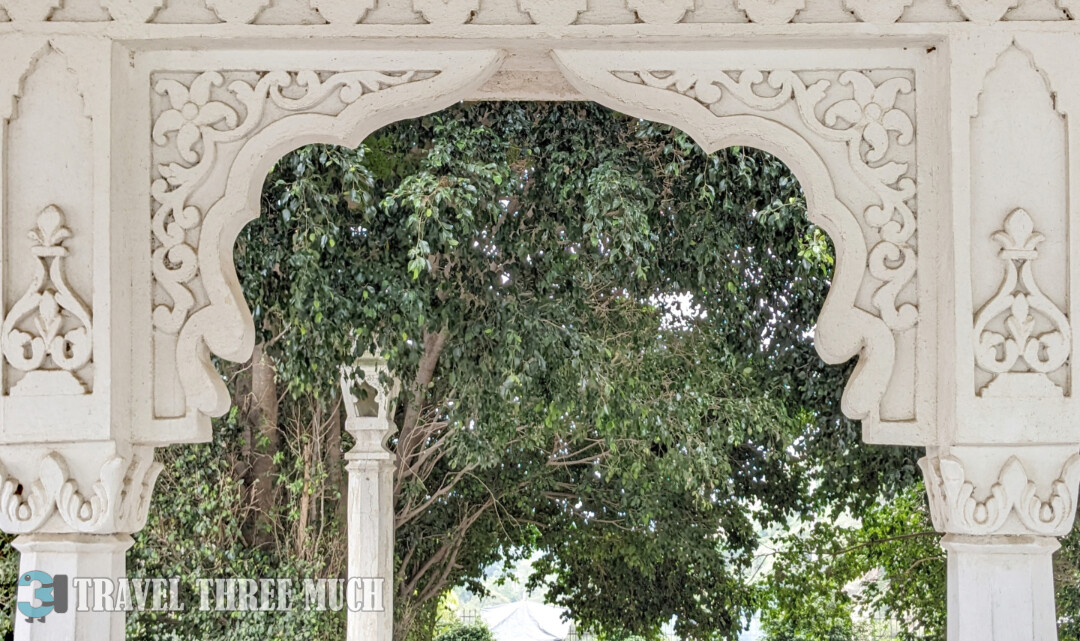
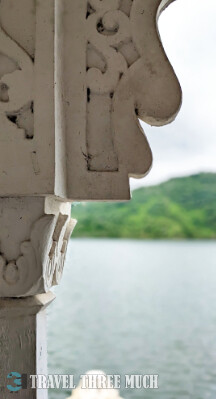
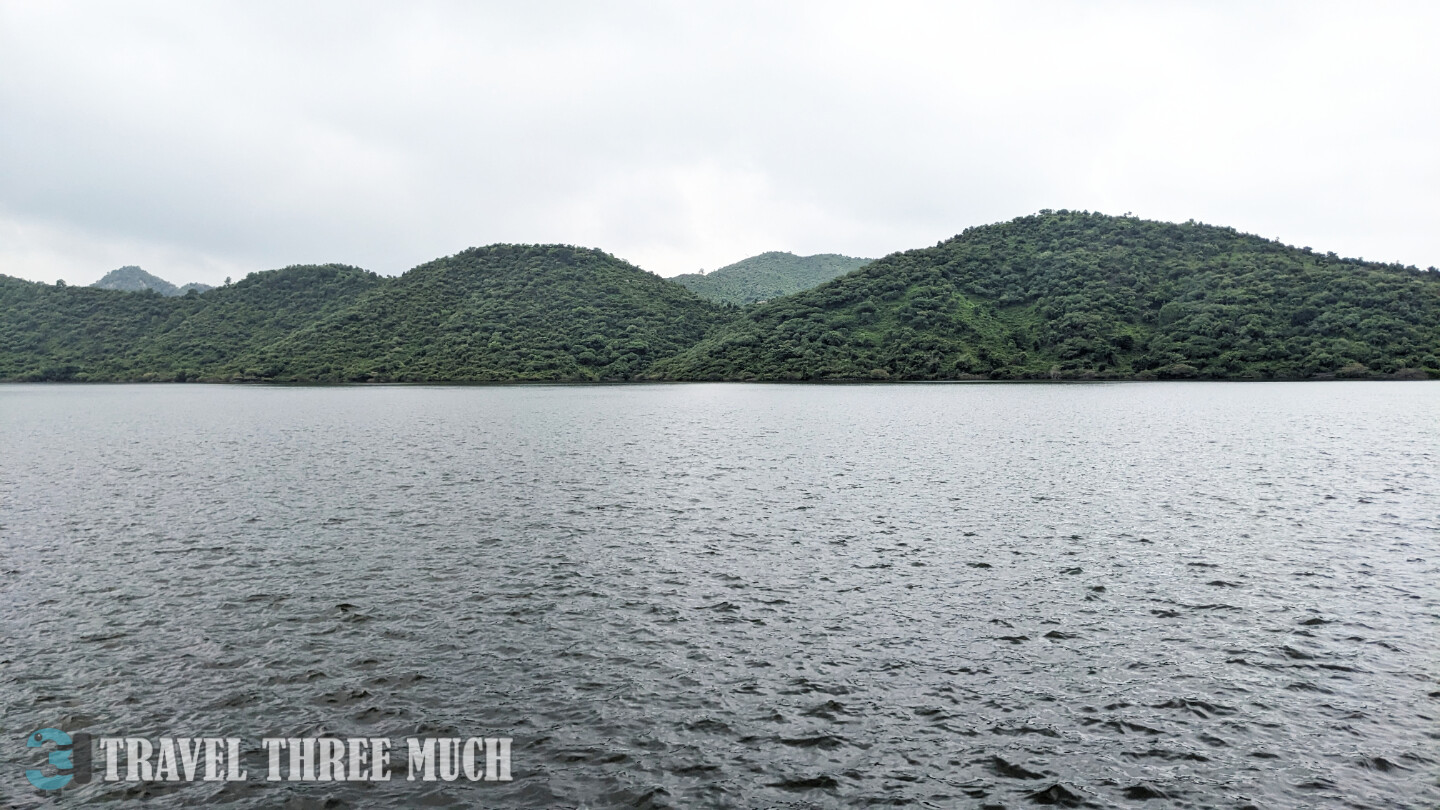
Bagore ki haveli
We went to the Bagore Ki Haveli next. This is also known locally as the “Palace of Mirrors”. This luxurious mansion on the shores of Lake Pichola served as the royal guesthouse for the House of Mewar.
The colourful stained glass windows, the ornate walls and royal furniture give us a glimpse into the lavish lifestyle of a bygone era. It is a museum now with exhibits of the dresses, weapons, jewellery, paintings, furniture and artifacts used by the royal families residing there in the past.
Some of the walls were decorated richly with murals of blue, white, ochre, red, green and golden hues.
The motifs ranged from those used by the Mughal school of art such as flowers, fruits, birds and animals to the scenes of royal life painted in the Rajasthani school of art’s style.
Gangour Ghat, Ambrai Ghat and Lake Pichola
After a sumptuous lunch, we went to the other bank of Lake Pichola. Near this bank are two sets of stairs leading upto the lake, called the Gangour Ghat and the Ambrai Ghat. The Gangour Ghat had a large mural of Shiva and his consort Gauri.
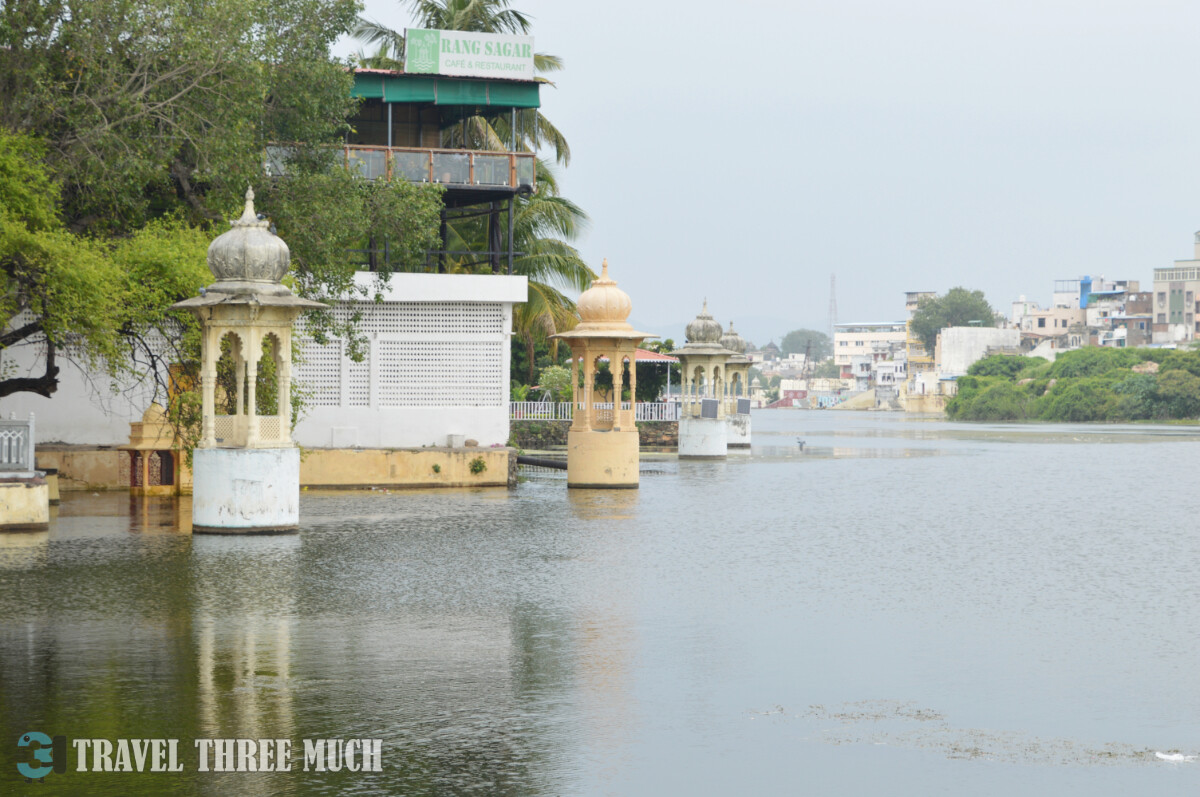
The Ghat had a huge flock of pigeons roosting on overhead lines.
The gentle breeze caused small waves to appear on the lake’s surface. There’s a walkway over the lake from which you get pretty views of the surrounding ghats and pavilions in the middle of the lake.
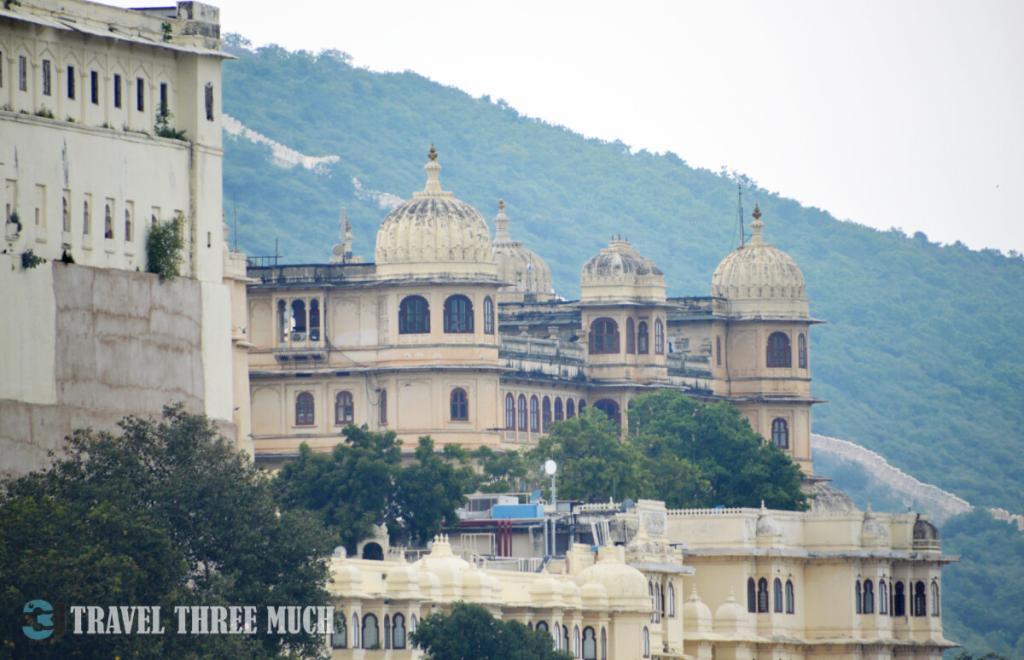
We could also see giant murals on the walls near these ghats with scenes from a royal procession, animals such as tigers, deities from Hindu mythology and contemporary messages of world peace.
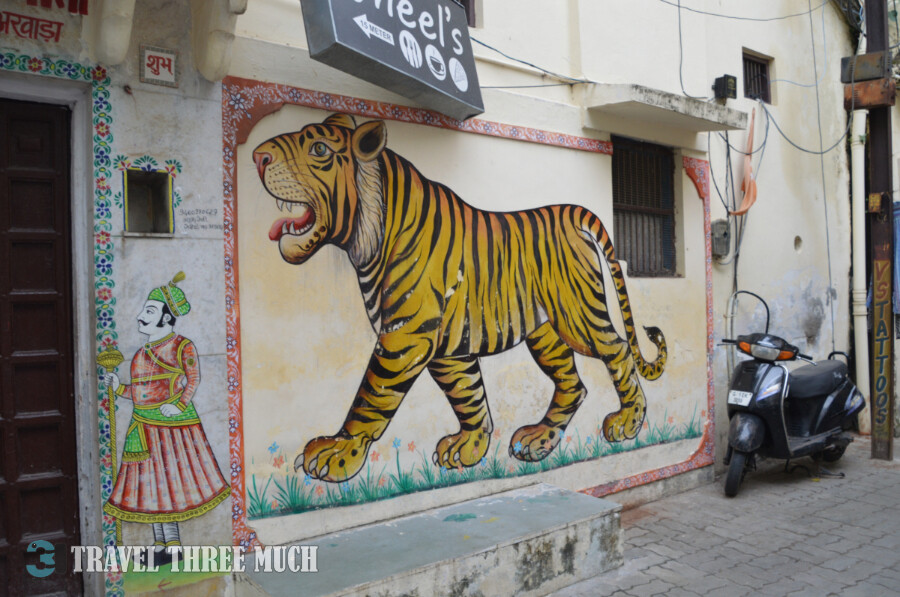
The Ambarai ghat is also known locally as the Manjhi or Hanuman ghat, after a nearby temple.
Day 2
Kumbalgarh Fort
Our first stop for the day was the Kumbalgarh Fort. Situated slightly more than 80 km away from Udaipur city, the fort dates from the 15th century. Plan your visit such that you reach at the opening time of 9 AM.
This is because the parking for the fort gets full quickly and you may be faced with a long steep climb which saps your strength even before you get through the entrance gate and the long strolls that await you within the 36 km-long fort walls.
Just immediately past the main entrance are a courtyard, a couple of temples are a set a little ways away from the main fortifications. Separating the two are a few restaurants, tea shops and tender coconut water stalls.
The temples are set on a platform.
The vimanas atop the sanctum seem to be simple hemispherical domes contrasting sharply with the ornate carvings on display in the rest of the temples.
Perhaps, these structures are later additions to protect the sanctum from the elements when the original towers fell prey to the ravages of time.
The views from the fort are breathtaking. Verdant hills surround the forts. In the distance, a group of temples were visible, but we could see no clear path leading to them. We had to be content with only the views of the temples. After exploring the fort complex on foot, we made our way back to a restaurant at the entrance to the fort and had delicious tea and fries before making our way to the next destination of the day.
Ranakpur Jain Temple
We visited the Jain temple complex in Ranakpur. Dating from the 15th century, the buildings were commissioned by a wealthy Jain merchant named Dharna Shah, who’s said to have had a vision of tirthankars in their celestial abode. The temple complex’s principal deity is Adinath, the first of the Tirthankars.
The complex houses 5 temples in total. There are separate charges for photography with a mobile phone and DSLR respectively. There is a checking booth before you enter the main temple. Taking water and food items into the temple complex is forbidden. There is a cloak room outside where you can leave behind your phone, camera and any other forbidden items for a fee.
The scale and magnificence of the carvings inside the temple are mind-blowing. The extensive carvings bring to mind the Sahastrabahu temple in Gwalior.
There are many bas relief marble panels depicting popular Jain motifs such as Jambudvipa and Mount Meru in the middle, the tirthankars in their abodes and elephants with riders atop.
It is reputed that no two pillars are the same in the temple, every statue/carving/sculpture faces another one and it is impossible to count the number of pillars in the temple. Such is the mind-boggling variety of carvings and the motifs that make one feel that no space has been left free from being a testament to the artisans’ skills!
There’s a lunch hall attached to the complex, with a strict policy of no food wastage! We sampled some roasted okra, unleavened flat bread, rice and lentils and bid adieu to the temple complex.
Day 3
Our destination for the day was the Udaipur city palace. The palace, built on the bank of lake Pichola, serves as the residence for the erstwhile royal family.
There are many interesting vantage points from which to see the twin islands that have the Taj Lake Palace and Jagmandir structures in the massive lake.
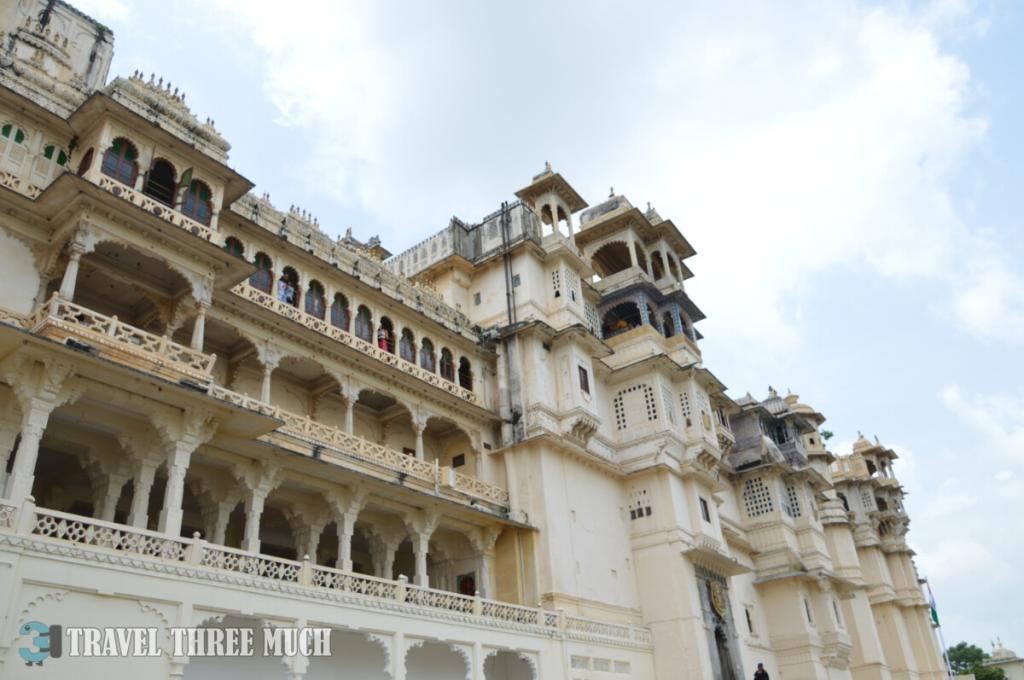
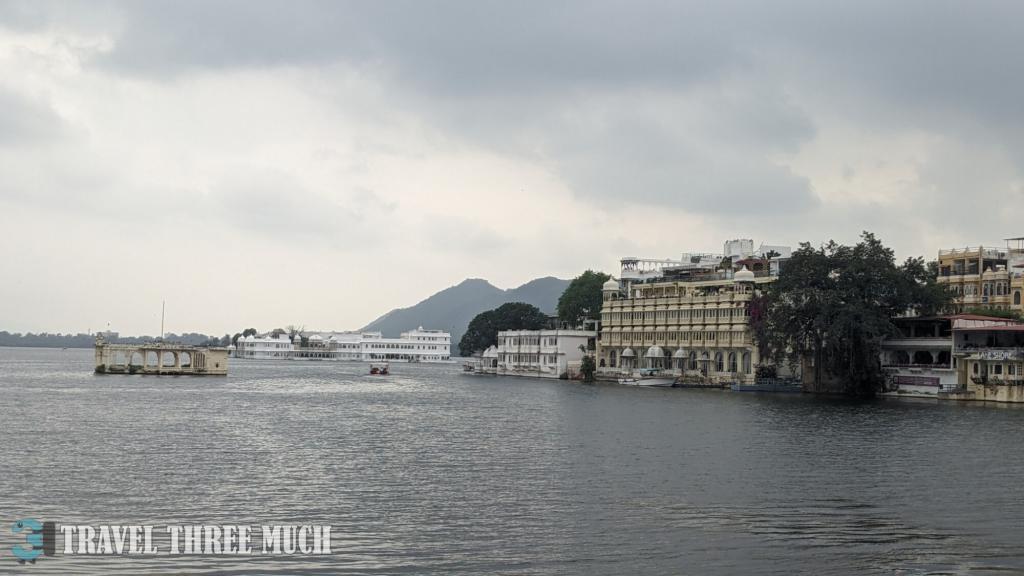
The city palace has many fine dining establishments being run by the Taj Group. The palace complex also houses museums that showcase the history of Udaipur and its royals from the Mughals up to the Colonial era and the present times.
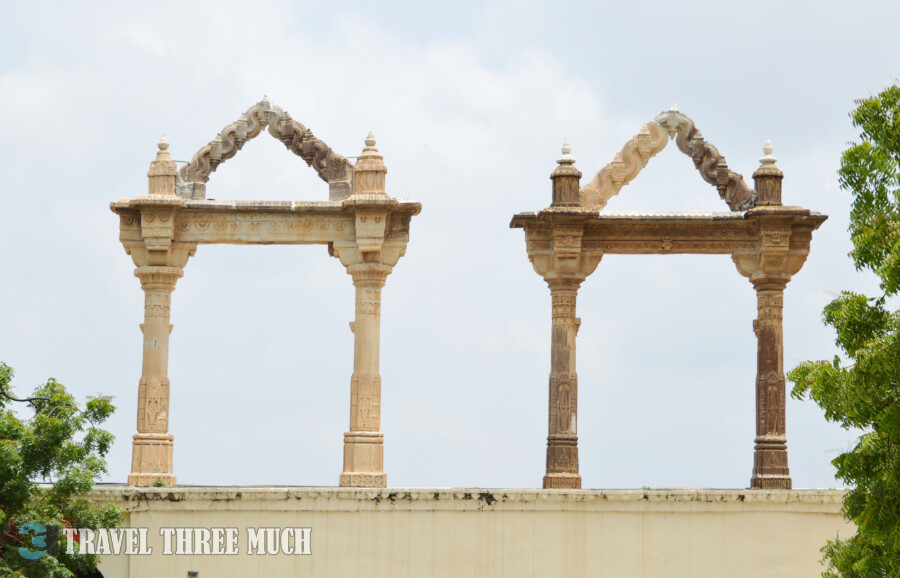
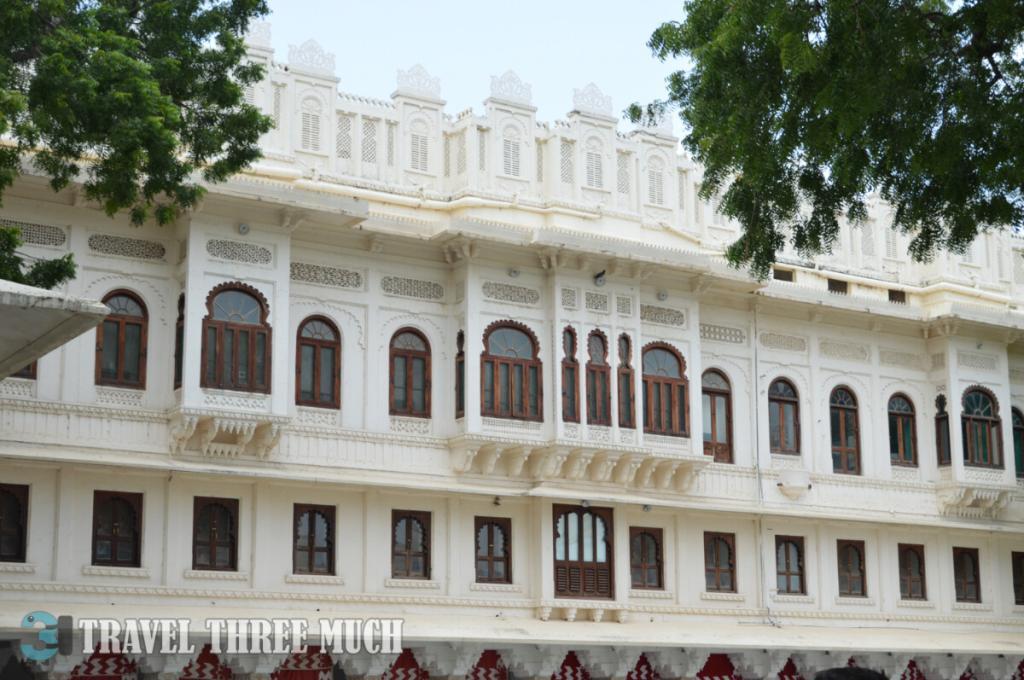
The museums showcase the heritage of the royals, including the lavishly decorated rooms in the Zenana Mahal.
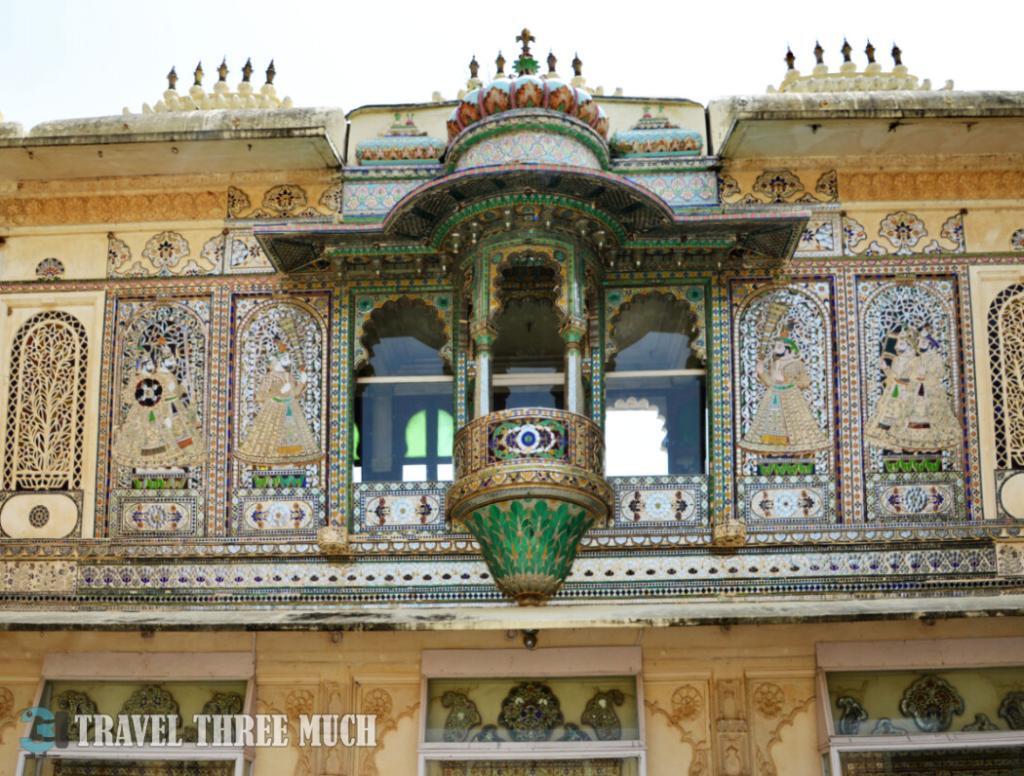
Our next stop was the Mor Chowk within the palace grounds which had elaborate murals decorating the exteriors of the courtyard. The windows had stained glass panes which lit up the interiors in an array of dazzling colors in the morning sunlight.
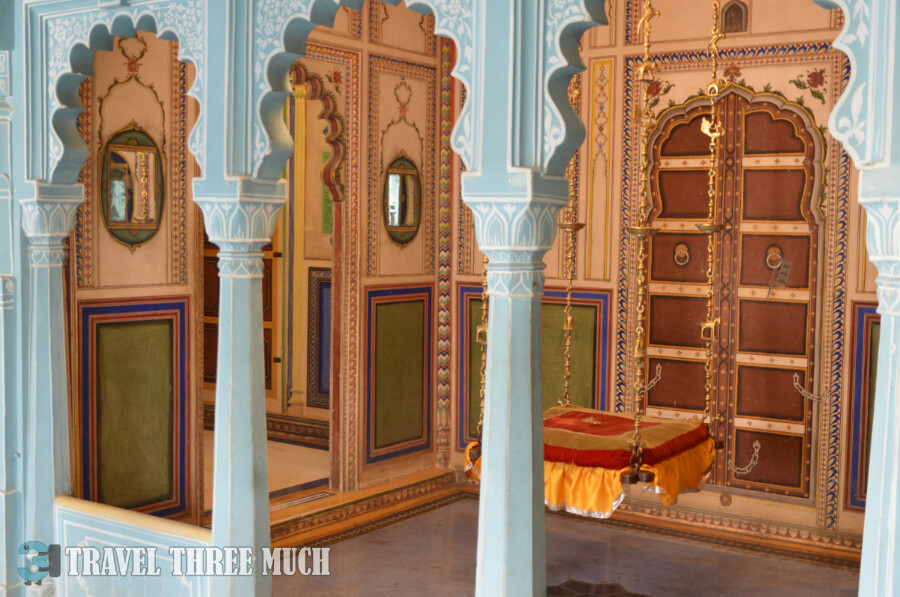
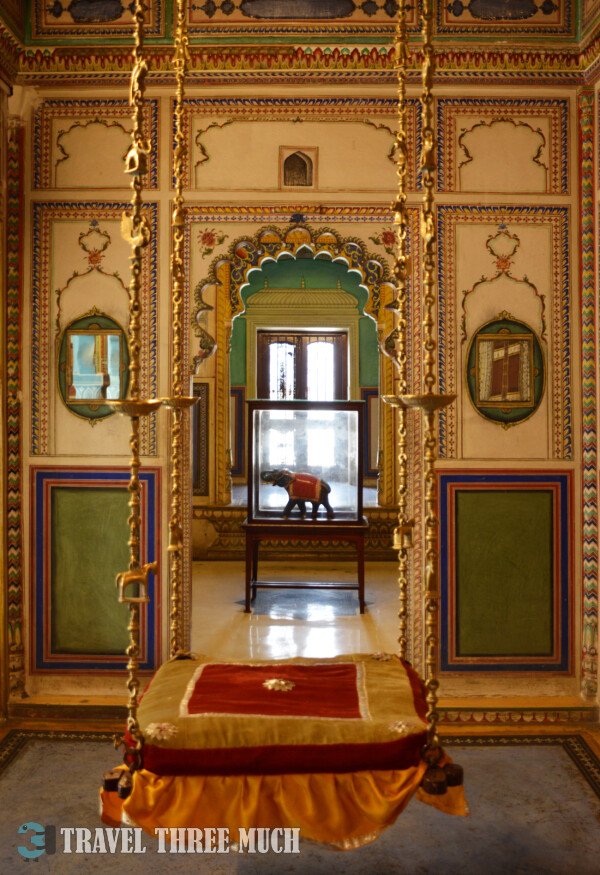
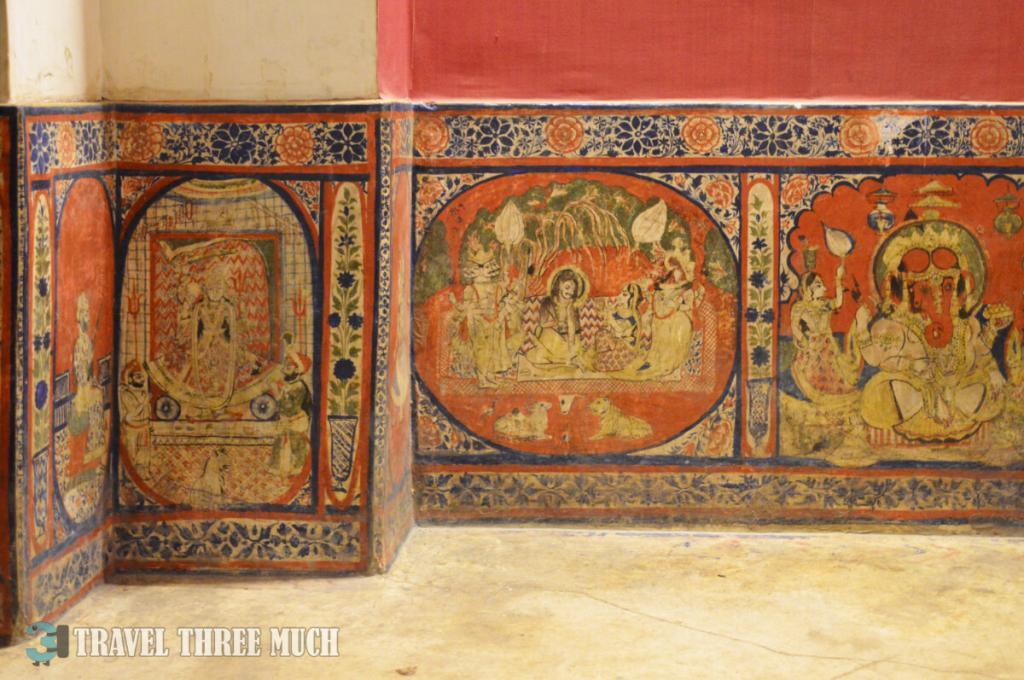
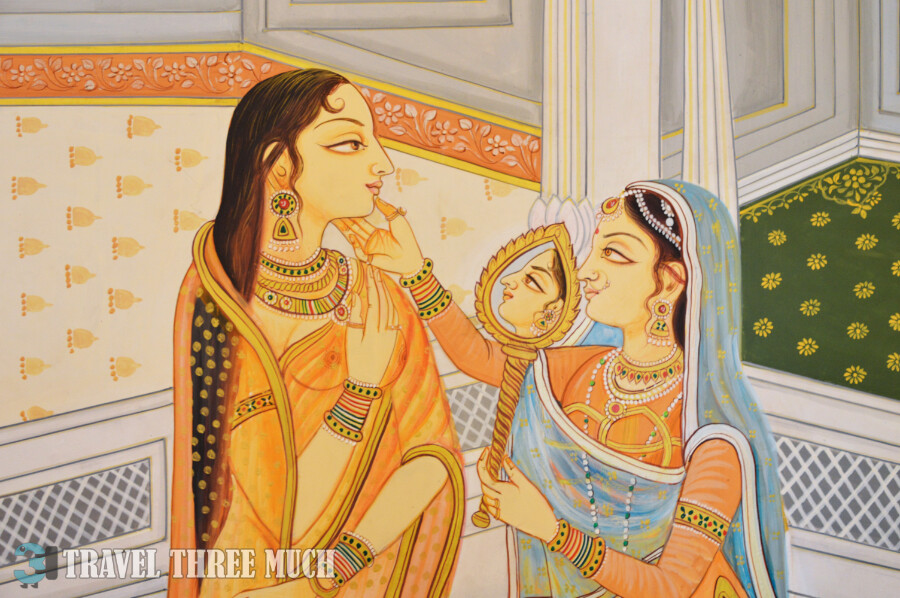
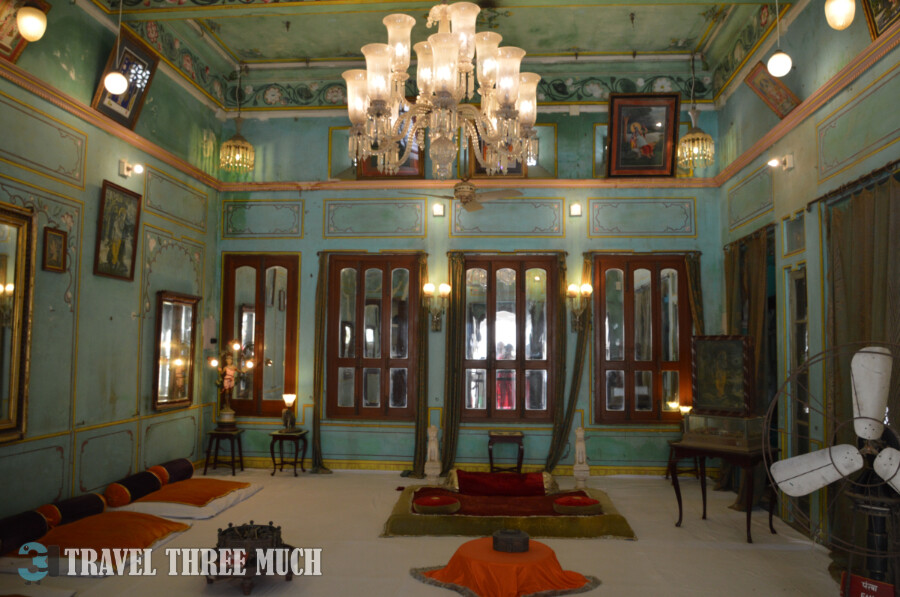
We made our way through the remaining highlights of the palace complex – Toran Pol, Tripoliya Gate and the Badi Pol to reach our planned lunch spot – The Millets of Mewar.



